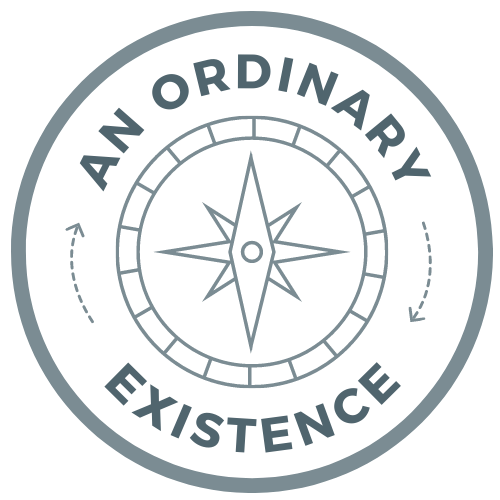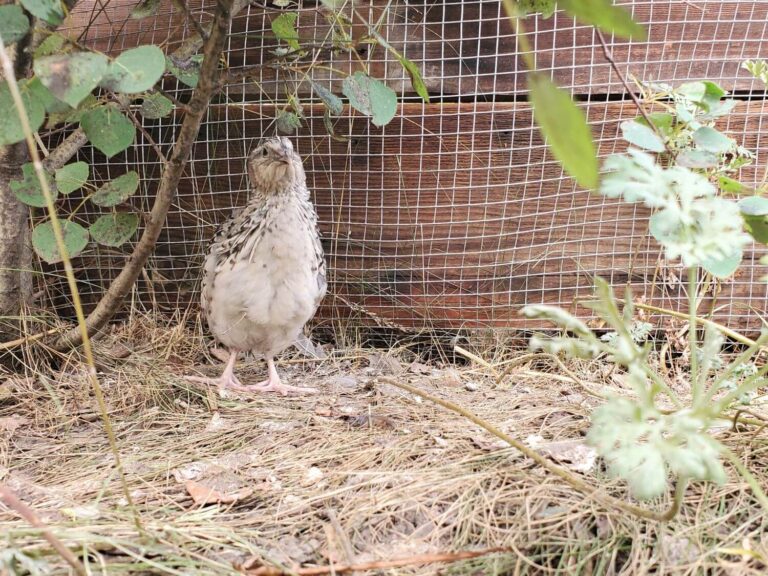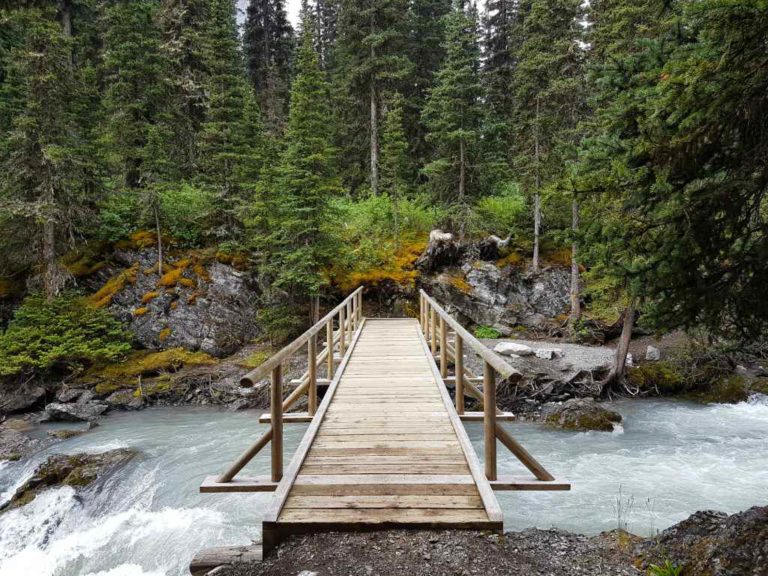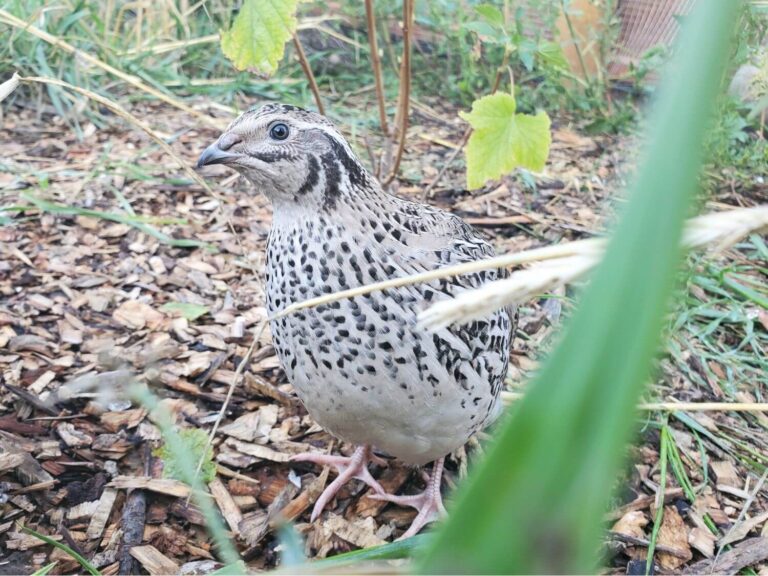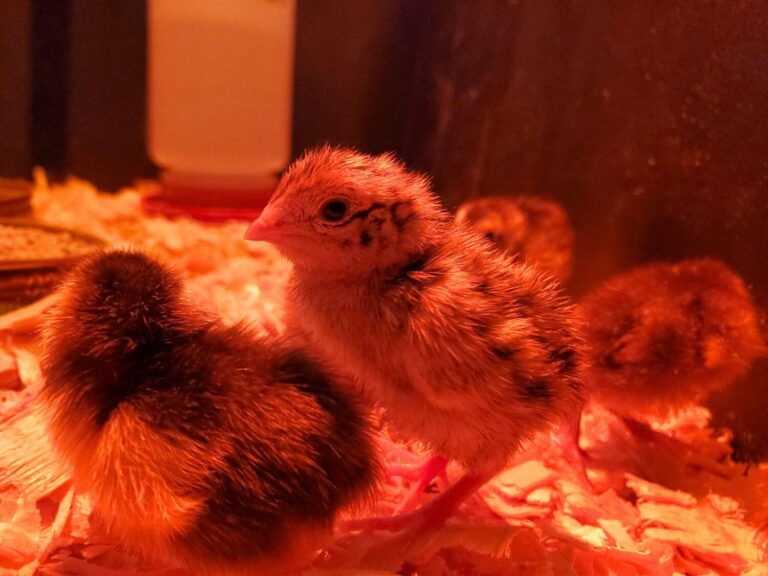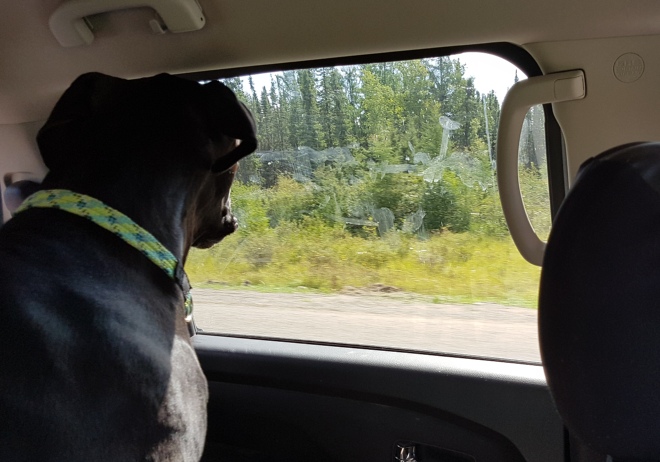WHAT IS PERMACULTURE?
This post may include affiliate links. As an Amazon Associate I earn from qualifying purchases. Find more info in my privacy policy.
Permaculture has become quite a buzzword lately, especially among the homesteading, off-grid and gardening groups I frequent.
The term is often mistaken for organic gardening or for specific strategies and methods of growing food (think food forests or no-dig gardens). However, permaculture is much more than this.
I was drawn to the idea of permaculture while seeking out a more self-reliant lifestyle and have found myself returning to it again and again.
Below, I will go over the basics of permaculture, the philosophy which underlies it, and the various applications of permaculture design.
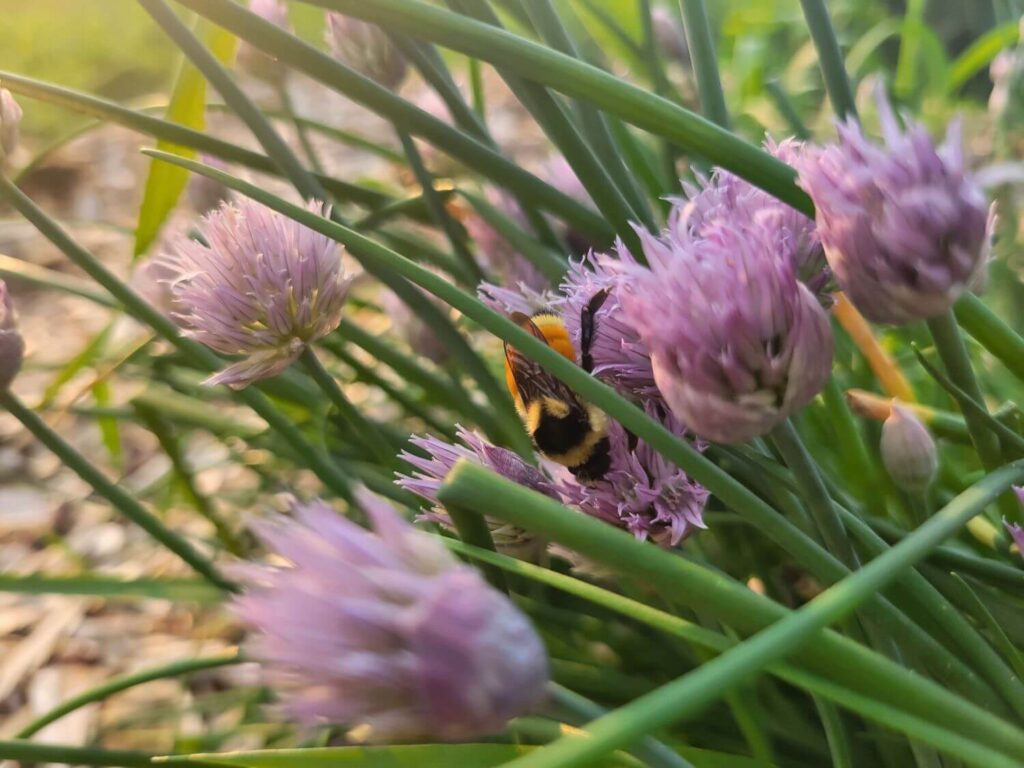
- WHAT IS PERMACULTURE?
- PERMANENT AGRICULTURE TO PERMANENT CULTURE
- PERMACULTURE ETHICS
- PERMACULTURE PRINCIPLES
- Observe and Interact
- Catch and Store Energy
- Obtain a Yield
- Self Regulate and Accept Feedback
- Use and Value Renewable Resources
- Produce No Waste
- Design From Patterns to Details
- Integrate Rather than Segregate
- Use Small and Slow Solutions
- Use and Value Diversity
- Use Edges and Value the Marginal
- Creatively Use and Respond to Change
- Work With Nature, Not Against It
- The Problem is the Solution
- Make the Least Change for the Greatest Effect
- Everything Gardens
- Cooperation, Not Competition
- Stacking Functions
- Energy Cycling
- Relative Location – Zones and Sectors
- Scale of Permanence
- THE PERMACULTURE DESIGN PROCESS
- PRACTICAL IMPLEMENTATION OF PERMACULTURE DESIGNS
- A SHORT NOTE ON THE HISTORY OF PERMACULTURE
WHAT IS PERMACULTURE?
Permaculture is a design science that focuses on crafting productive, diverse, and resilient ecosystems to meet our needs as humans, while also benefiting all life forms.
Permaculture design could also be referred to as ecological design, holistic design, or whole systems design.
The focus is on the relationships, connections, patterns, and energy flows between various elements and actors within a system.
The term permaculture was coined by Bill Mollison in the 1970s as he crafted a movement of “permanent agriculture” aimed at resilient, regenerative, and sustainable production to meet our needs.
Mollison did extensive research and adopted and adapted the influence and knowledge of many indigenous cultures and other philosophers and writers to form what became the permaculture he wrote and taught extensively on.
The movement pushes back against common modern approaches that focus on control, dominance, and mastery over nature, linear production, dependent consumers, and open loop systems.
Instead, the ethics and principles of permaculture encourage cooperative, thoughtful production which recognizes the inevitable impact that any action will have on all components within a system.
PERMANENT AGRICULTURE TO PERMANENT CULTURE
Over the decades, permaculture philosophy and application have been expanded and adapted.
Many now consider the root term “permanent culture” to be more representative of the diverse applications of permaculture design in all areas of our lives.
Some applications of permaculture include:
- Emotional
- Social
- Economic
- Political
- Agricultural
- Building
- Technological
The ethics, principles, and design strategies of permaculture can be used to address almost any part of our lives – from our selves (“Zone 0”) to our communities, to our landscapes, and beyond. The possibilities are endless.
PERMACULTURE ETHICS
Three guiding ethics create the foundational thought process whenever we apply permaculture practices – earth care, people care, and fair share.
EARTH CARE
Earth care is the consideration of how our behaviours, actions, designs, and daily activities affect the environment around us.
Nothing we do is separate from nature and it’s crucial we are aware of how we impact and relate to the living and non-living environment.
Unlike some hardline environmentalist movements, the goal is not to have zero impact (as that’s impossible), rather it’s to be mindful of our choices on how we consume, how we move through and live with the land, and how we support nature’s ability to maintain its diverse and resilient systems.
PEOPLE CARE
Similar to earth care, people care is the consideration of how our behaviours, actions, designs and daily activities affect the people around us.
This consideration is extended, not only to those immediately around us, but also to those within our communities, and to those further out who we may be connected to via global systems of supply and consumption.
Permaculture is about forming a “permanent culture” and you can’t have culture without people. It’s important to consider how everyone is interconnected within a larger system.
FAIR SHARE/FUTURE CARE
Fair share has often been referred to as the tricky “third ethic” as it’s been interpreted in so many varying ways.
At its core, fair share aims to recognize and address the inequalities and power imbalances that exist on all levels. The idea being that a system is not truly sustainable if it requires a portion of the population be exploited and/or excluded.
There is also a time scale component to the third ethic which recognizes the future impacts that our actions will have and considers how future generations (of all species) may have to do deal with that.
PERMACULTURE PRINCIPLES
In addition to the ethics, there are a number of principles used as a foundation for permaculture philosophy and approaches.
You’ll often hear of the 12 Permaculture Principles which originated from David Holmgren, a co-originator of permaculture who worked closely with Bill Mollison. I’ve listed these below, along with a short explanation of each.
Observe and Interact
Be mindful and aware of various elements, relationships, and energy flows. Get your boots on the ground and become familiar with all aspects of the system within which you’re working.
Catch and Store Energy
Permaculture is all about energy flows. Any time energy is leaving a system, it creates waste. Any time energy needs to be imported into a system, it becomes unsustainable. Close the loop.
Obtain a Yield
The purpose of permaculture is to create a system from which our needs our met, which inherently requires a yield to be obtained. Of course, a “yield” can be any number of things – food, fiber, beauty, mental health, social connection, etc., etc.
Self Regulate and Accept Feedback
Permaculture requires that we all take responsibility for ourselves and the way that we live our lives. It is up to you to regulate your impact and actions. Feedback can come in many forms and it is crucial to be open to accepting this.
Use and Value Renewable Resources
Anything that can renew and regenerate within a system is ideal. Relying on non-renewable resources creates vulnerabilities and becomes unsustainable in the long term.
Produce No Waste
Waste is lost energy and becomes a problem for someone else to deal with over space and time. Reducing our consumption, reusing and repurposing items, fixing things, and composting are some ways that we can turn “waste” into a resource.
Design From Patterns to Details
We’re often so hyper-focused on a single element that we want to incorporate into our lives (a new hobby, a garden, a house, etc.) that we forget to think about how it fits into the bigger picture. Instead, we should be looking at the larger patterns within which that one element or detail will fit. Whether that’s an existing, unchangeable pattern or one that needs to be designed and implemented.
Integrate Rather than Segregate
Integrating elements can create robust and productive systems that are more self-reliant and regenerative. Any one person, plant, animal, or other element rarely does well in isolation.
Use Small and Slow Solutions
Fast, large-scale changes often lead to regret. Observing, experimenting, listening to feedback, and scaling appropriately within your resources will serve you much better.
Use and Value Diversity
Diversity breeds resilience. Diversity can be thought of in many ways – such as food sources, skills, knowledge, energy sources, plant and animal species, and more.
Use Edges and Value the Marginal
Edges occur where two systems meet – think ecosystems, cultures, etc. At these meeting points, diversity increases as the elements of both systems converge and create entirely new elements that may not exist otherwise.
Creatively Use and Respond to Change
Change is inevitable. No system, no matter how stable and resilient, continues indefinitely without change. Succession and evolution occur with plants, animals, belief systems, and cultures. Continual evaluation is required to ensure we are observing and responding to this change. It is also a reminder to consider the time scale in our designs and factor in how things will change and grow over the years.
In addition to the commonly stated principles above, there are a number of other sayings, approaches, and concepts that you’ll often hear in the permaculture world.
I’ve shared some of the ones that I feel are particularly relevant below.
Work With Nature, Not Against It
All around us, nature establishes ecosystems that are resilient, regenerative, and respond to change as necessary. Mimicking and tapping into these natural processes is the basis of permaculture design. Fighting back against nature creates wasteful, unsustainable, and destructive systems.
The Problem is the Solution
The approach to problem solving in permaculture looks not to eliminate the “problem” but rather to creatively find ways that the issue becomes a benefit to the system. You’ll often here the saying “you don’t have a slug problem, you have a duck shortage.”
Make the Least Change for the Greatest Effect
Work smarter, not harder. Resist large-scale changes that make alterations to already-functioning relationships. Instead, look for ways to support and enhance energy flows with the least amount of change. Unnecessary change is a waste of energy.
Everything Gardens
This is a reminder that every element in a system impacts the energy flows and yields. Think of a bird dropping seeds which then sprout and create a food source or wildlife habitat. From the smallest microbe to the largest mountain, everything contributes and serves a function that impacts the whole.
Cooperation, Not Competition
Early interpretations of nature focused heavily on competition when in reality, cooperation is much more commonplace. Plant an animal species form symbiotic relationships to fulfill their needs and improve yields.
Stacking Functions
Every element should perform multiple functions and every function should be fulfilled by multiple elements. This resiliency and redundancy create systems that are more stable and able to handle stress more efficiently.
Energy Cycling
The movement of energy through a system is what creates a yield. A closed-loop energy cycle is what makes a system truly sustainable. If a system continually loses energy, it creates waste. If a system continually requires imported energy in order to function, it is vulnerable and unsustainable.
Relative Location – Zones and Sectors
The placement of elements in relation to each other within a permaculture design will greatly impact the energy flows, efficiency, and relationships formed. Two approaches to addressing the spatial aspect of permaculture design are zones and sectors.
Zones
Zones can be thought of as use-patterns within a space. These will vary depending on the specific context and they don’t generally have clear boundaries between them. They can be thought of in terms of how often an area is visited, how much time is spent there, and how much attention the elements within that zone require.
The concept of zones can be very useful when determining placement of elements within a design.
- Zone 0 – your self and your day-to-day activities. 24/7.
- Zone 1 – areas visited daily, often multiple times a day, or for longer periods of time. This can include your home and the area immediately around it, workspace, etc. Elements in this zone require a higher level of maintenance or are something you want to interact with often.
- Zone 2 – areas visited regularly, usually daily or every other day. Elements in this space are slightly less accessible and do not require as much attention and maintenance as zone 1 elements.
- Zone 3 – less frequently used spaces. Visited maybe weekly or monthly. Elements here would be more self-reliant and less dependent on your management.
- Zone 4 – Seasonal or infrequently used spaces. These spaces might only be visited during certain seasons or under certain circumstances. For example, an area that you forage during mushroom season. Elements here require very little to no maintenance.
- Zone 5 – Wilderness areas or very infrequently visited areas. Elements you find here are not managed by you.
Sectors
Sectors are outside influences on your design over which you have no control. They may be general factors which affect the entire site (ex: climate) or factors that have a specific spatial element to consider (ex: direction of dominant wind patterns).
A sector analysis will help place elements in appropriate places. For example, you wouldn’t want to build a house in a high flood risk location.
Sectors can be many things. Some to consider include:
- Climate and growing zone
- Soil types
- Sun angle patterns throughout the year
- Day length
- Shade cast patterns
- Dominant wind direction and common wind patterns
- Water flows, elevation, and topography
- Views you want to highlight or block out
- Wildlife
- Pollution
- Neighbours
- Noise
- Threats (fire, flood, people, etc.)
- Rules, regulations, restrictions, laws
- Cultural or social norms
- Dominant economic system
- Political unrest
Scale of Permanence
Scale of Permanence refers to how difficult or time-consuming an element or feature would be to change.
For example, climate and geology are relatively permanent (ie, they are very difficult or slow to change). Roads and buildings would be considered semi-permanent as they are changeable but may require a large amount of resources to do so. Plants, soils, and fences are highly changeable and are not permanent.
Rating elements on their scale of permanence can help us prioritise projects and helps us consider things like where our effort is best spent or what changes might be harder to adjust in the future.
THE PERMACULTURE DESIGN PROCESS
The extensive philosophy of permaculture can feel overwhelming for new learners and you may be wondering how you can actually put all of this theory into practice.
It doesn’t help that permaculture is extremely site-specific and when you start looking into strategies and methods, a lot of the feedback you’ll receive on what to do will be “it depends.” You’ll be hard pressed to find a one-size fits all permaculture plan that you can easily apply to your situation. Instead, you’ll have to work through the design process, applying the ethics and principles within the context of what you’re designing.
The permaculture design process can be undertaken in a number of ways and there are many frameworks within which practitioners can design a permaculture system.
I find Heather Jo Flores’ GOBRADIME process, which she outlines in her book Food Not Lawns, to be a comprehensive and extremely useful tool for this.
THE GOBRADIME PROCESS
Below, I’ve outlined the basics of the GOBRADIME process. For each step, be sure to write everything down, as you’ll be referencing your thoughts as you work through your design.
Goals
This is a very important step and one that I think many people miss, whether designing a lifestyle or a landscape. Make sure you set your goals because they serve a purpose and not just because you think it’s something you “should” be doing.
What do you want? What is/are the outcome(s) you’re looking to achieve? Why are you doing this?
Really take time to think this through and come up with specific, measurable goals that you can revisit down the road.
Observation
When it comes to landscape designs, you’ll often hear the advice to observe the land for at least a year before completing a design. This allows time to see the movement of water, energy, sun, animals, etc. throughout all seasons.
Observing existing patterns will provide so much information and goes a long way in preventing decisions you may regret down the road.
In this step, simply take it all in. Make notes. Watch everything. Think big picture and then zoom in on the details. Reserve judgement though – you’re just a sponge taking in data from all your senses.
If you’re doing a landscape design, this is a good time to create maps that will be useful for your design later on. This includes:
- Base Map – include all the features that currently exist such as buildings, slope and elevation, roads, fences, plants, animals, water/sewer/electrical lines, etc.
- Existing Zone Map – how is the land currently used? What areas are visited daily, weekly, monthly, etc.? Overlay the existing zones on your base map.
- Sector Map – how do outside forces impact your site? Map out the areas or the direction from which these forces come. Make notes for elements not easily mapped (ex: cultural norms or building restrictions).
You may also want to use this step to observe what others are doing. What’s working for them? What isn’t? What might be applicable to your site? Research, read, watch YouTube videos.
Boundaries
Think about both visible and invisible boundaries.
What limits and barriers exist? These could be externally determined (property lines, laws, regulations) or come from within (time, energy, financial limits you place on yourself, etc.).
Think about whether boundaries are fixed, changeable, desirable, need to be overcome, or need to be put in place.
Resources
Expand your idea of what a resource is. Money, yes, but also time, energy, knowledge, skills, land, animals, plants, tools, etc., etc.
What do you have and what do you need? Think about each component in your design and determine what it may provide and what it requires.
Go back to your observations and see what resources might already exist in the system.
Analysis
By this point you should have plenty of notes, ideas, thoughts, and observations jotted down. Pull all of this information together and spend time analysing how it will all factor into your design within the context of the permaculture principles.
You may have to revisit and refine your goals or go back and gather more information to address unanswered questions.
Design
Work from patterns to details to create a plan. Consider timelines, tasks/skills/resources required, and the priority of elements.
Use the concept of scale of permanence, along with what is realistic for you, to create a phased implementation plan. What happens first and what comes later? Create task lists for each phase.
Utilize the results of your analysis and reference the maps you created in the observation step to create the following:
- Master Concept Map – this is a visual representation of your goals achieved. How will elements be placed and what are the connections between them that create a whole functioning system?
- Future Zone Map – this will represent the land usage once the design is implemented. What areas will be used daily, weekly, monthly, etc.
- Detail Maps – zoom in on features with details too small to include on the large-scale maps. For example, a map of a kitchen garden that includes the placement of growing beds, a potting bench, tool storage, water source, etc.
Implementation
This is when concept becomes reality. Take that task list from your design and get to work!
Management
Once implemented, your system elements will need to be monitored and maintained. Ensuring the needs of all components are being met, responding to change, and harvesting your yield all fall in this step.
Always be observing while you manage the system. Problems and successes will come up. Write down what’s working and what isn’t. Consider strengths, weaknesses, opportunities, challenges, yields, waste, etc.
Evaluation & Enjoyment
Permaculture is a cyclical process and we’re always working through the design steps, even after a plan is implemented. Take those observations you’ve gathered while managing the system and evaluate.
Perhaps you have unexpected yields or a problem crops up that you didn’t see coming. Maybe changes to a sector have created new opportunities or challenges.
Take what you learn and work back through the design steps. Goals may need to be revised. Maps may need to be updated. Elements may need to be added, removed, or altered. Change is constant, whether by our own hand or by outside forces. Continual evaluation is necessary to ensure we are always active participants in a system.
It’s also important during this step to ENJOY what you’ve accomplished. Evaluation is not only about identifying and addressing problems. It’s also about recognizing the benefits and positive outcomes.
PRACTICAL IMPLEMENTATION OF PERMACULTURE DESIGNS
When it comes to implementing a permaculture design, there are many techniques and strategies that you’ll see used. Some of these come from indigenous practices or approaches such as agroecology, biodynamics, organic gardening, etc.
It’s important to note that implementing any one of these strategies does not necessarily “make it permaculture”. The practice of permaculture is using the ethics and principles to create a design (which may or may not utilize these techniques) to achieve the goal of a whole functioning system. It’s more about the relationships and energy flows between elements and less about the specific technique used.
However, the following methods generally serve to fulfill one or more of the ethics and/or principles of permaculture and thus are often used as a way to put permaculture design into practice. It will be helpful to become familiar with these so you can recognize if they will be useful to your particular design and the goals you are trying to achieve. These are just a small sampling of the possibilities so be sure to do plenty of research and learn about the numerous alternative methods out there.
Landscape Agricultural Gardening and Building Techniques
- Companion Planting
- Food Forests
- Guilds
- No-Dig Gardening
- Cover Cropping
- Mulching
- Seed Saving
- Integrated Pest Management
- Rainwater Collection
- Swales
- Rain Gardens
- Livestock Integration
- Rotational Grazing
- Cyclical Waste Management
- Composting
- Eco-Building
- Passive Heating and Cooling
Economic Political and Social Approaches
- Trade and Barter
- Take/Leave Stands
- Gifting
- Consensus Decision Making
- Eco-Villages
- Land/Tool/Resource Sharing
- Land and Animal Rights
- Cooperatives
A SHORT NOTE ON THE HISTORY OF PERMACULTURE
While Mollison is often credited as the “creator” of permaculture, it’s important to recognize the influence and knowledge of indigenous cultures and other philosophers who have informed many of the principles and practices within permaculture.
Mollison himself reiterated throughout his life that this type of knowledge cannot be “owned” and continually credited sources from which he drew his knowledge.
I think it’s important to mention this as, with any movement, permaculture has seen the emergence of some rather strict and dogmatic pockets which tend to put hard limits on what permaculture is/isn’t and/or idolize some of the founders of the permaculture movement while ignoring or erasing the influence of others.
Permaculture itself is inherently opposed to this. It is about interpreting and applying the ethics and principles in a context-relevant and site-specific way. Collaboration, sharing of knowledge, creativity, and evolution of practices are what will produce successful permaculture designs.
Permaculture is an extremely useful framework within which we can approach the design of any aspect of our lives. From our overall lifestyle, to our homes, to our food productions systems, to our businesses and organizations. Permaculture requires that every actor within a system (including ourselves) be an active, functioning contributor who has value. It allows us to exercise agency, responsibility, and accountability in the way we live our lives and is ideal for anyone wanting to become a more self-reliant and active producer rather than a passive and dependent consumer.
